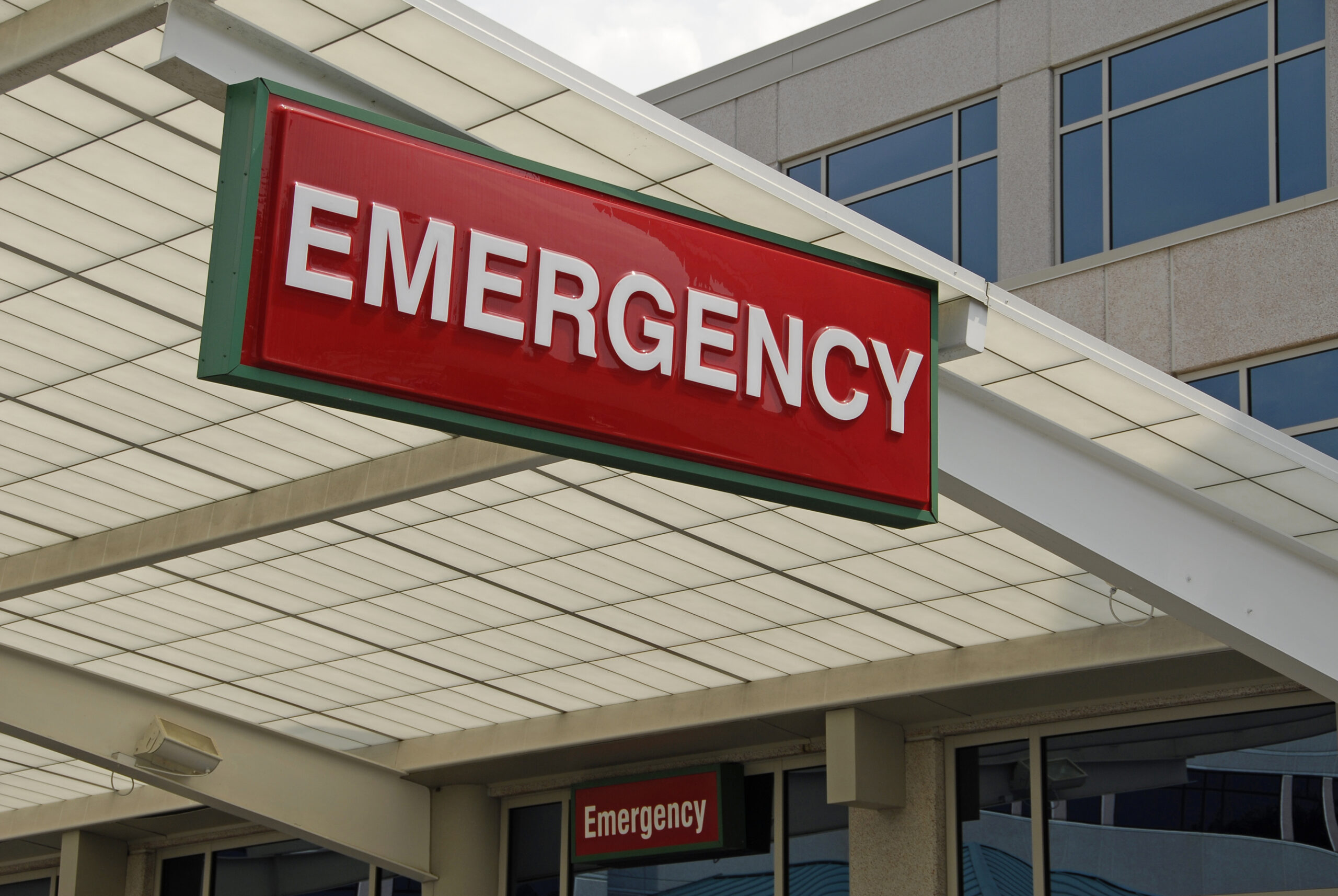Injuries can occur at odd times and in inconvenient locations causing a delay in accessing proper treatment by medical professionals. Accidents can occur while hiking, camping, working in remote locations, or traveling in other countries that are less prepared to handle emergencies or access medical help. In such times, it is beneficial to be both prepared and have a basic knowledge of how to stitch up wounds.
Ethics and Legalities of Suturing Wounds
In the United States, most laws governing suturing require that it either be completed by a medical professional with the proper training or by someone directly under the supervision of such a person.
However, the specifics of legalities differ slightly according to individual states so laws should be researched in the particular states in question. Good Samaritan laws also exist in some form in most U.S. states. Such laws are designed to reduce the hesitation of bystanders that witness an accident and encourage action to provide lifesaving treatment to injured parties. Basically, the Good Samaritan laws outline that no legal repercussions can occur to those who provide aid out of the goodness of their heart and within their present knowledge.
Besides the legal aspect of suturing, there are ethical considerations. Suturing, if not done properly, can cause healing complications that lead to such incidents as ruptured wounds (dehiscence), wide scars, or painful scars that contain blood vessels and nerves (hypertrophic). This can leave the treated person disfigured or in pain for an extended period of time.
Of course, in an emergency situation where medical help may be days away, the issue of treating someone who has suffered a major injury that requires suturing is more about survival than legalities or ethical considerations. However, it is still important and responsible to glean as much information on suturing products and techniques as possible so that the best effort is applied should the need arise.
Determining If a Wound Requires Suturing
Not all injuries require suturing. Some wounds are minor and only require cleaning and covering with gauze or a Band-Aid. Others are massive and should be packed and wrapped until professional help can be reached. Many large wounds require surgery prior to closure. Puncture wounds should also not be sutured.
It is, therefore, important to be able to properly determine if a wound requires stitches before applying the technique. There are several basic assessments you can make in order to arrive at a decision. Suturing may be required if:
- Cuts feel numb. Nerves may have been damaged and suturing allows the healing process to begin.
- Jagged, gaping, or deep cuts. Stitching these types of wounds helps to limit further damage, reduce blood loss, prevent infection and begin the healing process.
- Cuts that bleed profusely. Suturing will help prevent excessive blood loss.
- Cuts that are on the face or other sensitive areas. Left unstitched, cuts can leave unattractive scars. However, keep in mind that improper suturing techniques can leave unsightly scars as well.
It should be noted that any medical situation requires the highest level of sterilization as possible. Cleaning the wound of debris and using sterile solutions and equipment is of the utmost importance to prevent infection.
Ensuring Preparedness
Having the knowledge and ability to suture does no good if you do not have the correct supplies. Therefore, being prepared for the unexpected is critical for meeting the need at hand. Although makeshift items could be used in an emergency situation, the correct suturing supplies ensure that the outcome is much more favorable and this should be the focus of anyone willing to meet the call to assist in emergency situations.
You can read more on suturing techniques here.
What do you think? Leave us a comment below.


Great article. Thanks for sharing it.